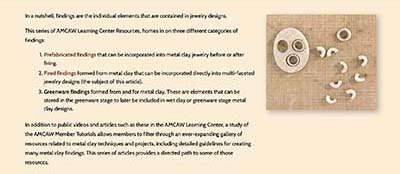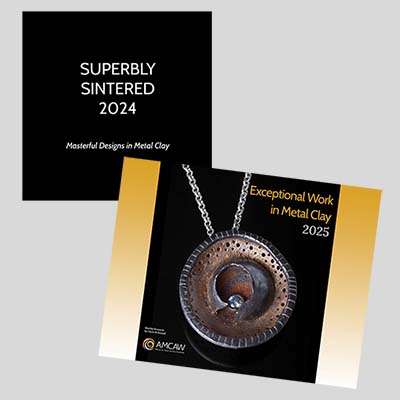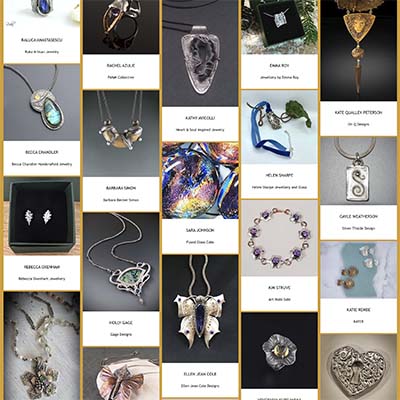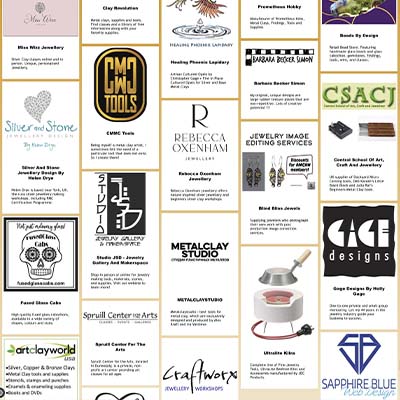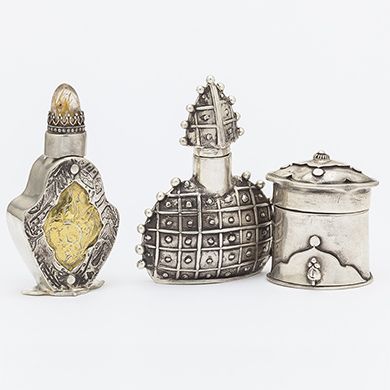Sterling silver (.925), an alloy of 92.5% fine silver and 7.5% copper, was introduced in 20124; but since .925 has to be fired in carbon in the kiln (a process that some consider messy and time consuming), ‘enriched’ forms of sterling were created which could easily be fired in an open kiln. Stronger than pure .999 silver, the copper enriched blends of .950 sterling, and .960 sterling came on the market in 2016.
Now, a little more than twenty years after the first metal clays became commercially available, there are over 21 manufacturers around the world making 120 different metal clay types of various alloys and working properties.
With the development of so many unique alloys, colors, working properties, and other options available to a creative artist – we can acknowledge that metal clay has come a long way, baby! Instead of imagining what could be made with it, it might be easier to think of what and how it couldn’t be used by future artisans.

